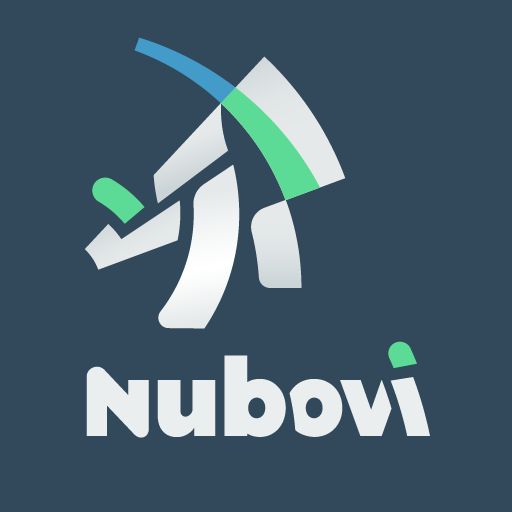In the dynamic world of cloud cost management, staying on top of expenses is crucial. For many organizations that want to embrace cloud FinOps, the first step toward managing cloud costs is the implementation of a comprehensive dashboard. Dashboards provide a centralized view of your cloud infrastructure, offering insights into resource usage, costs, and potential savings. However, as valuable as dashboards are, they are not the end-all solution. To truly stay ahead, organizations need to shift from a reactive stance to a proactive approach. This is where proactive alerts come into play.
The limitations of dashboards
Dashboards are fantastic for visualizing data and spotting trends. They allow users to monitor the health of their cloud environments and make informed decisions based on real-time data. However, relying solely on dashboards can lead to several challenges:
- Constant monitoring: Dashboards require continuous attention. IT teams must regularly check the dashboard to catch any anomalies or spikes in costs, which can be time-consuming and prone to human error.
- Delayed response: By the time an issue is spotted on the dashboard, it may have already escalated. This delay in identifying and responding to problems can lead to increased costs and missed optimization opportunities.
- Overwhelming data: Dashboards can present an overwhelming amount of information. Identifying the most critical data points amidst a sea of metrics can be challenging and may result in important issues being overlooked.
The power of proactive alerts
Proactive alerts address these challenges by ensuring that critical issues are brought to your attention immediately, without the need for constant monitoring. Here’s why proactive alerts are essential:
- Instant notification: Proactive alerts notify you the moment an anomaly is detected. Whether it’s a sudden spike in costs, an unusual usage pattern, or a potential savings opportunity, you are alerted instantly, allowing for swift action.
- Focus on the important: Alerts help prioritize issues based on their severity and impact. This means you can focus on what matters most, rather than sifting through all the data to find critical issues.
- Efficient problem-solving: Alerts can include hyperlinks that take you directly to the relevant context in your dashboard. This deep linking functionality allows you to dive straight into the details, facilitating quicker diagnosis and resolution of issues.
Implementing proactive alerts: Best practices
To maximize the benefits of proactive alerts, consider the following best practices:
- Customize alert thresholds: Set thresholds that align with your organization’s priorities. Customize alerts to notify you of events that are most critical to your operations.
- Integrate with existing tools: Ensure that alerts integrate seamlessly with your existing tools and workflows. This might include integration with email, messaging apps, or incident management systems.
- Continuous refinement: Regularly review and adjust alert settings to ensure they remain effective. As your cloud environment evolves, so too should your alerting strategy.
Conclusion
While dashboards remain a valuable tool in the arsenal of cloud cost management, they are not sufficient on their own. Proactive alerts complement dashboards by providing instant notifications of critical issues, allowing for immediate action. By integrating proactive alerts with your dashboard, you can ensure that your FinOps team is always on top of potential problems, optimizing cloud costs, and maintaining operational efficiency.
Don’t wait for issues to appear on your dashboard. Embrace proactive alerts to stay ahead of the curve and dive directly into the subject matter with a simple click. This proactive approach is not just a best practice; it’s a necessity in today’s fast-paced cloud environments.
To learn more about how Nubovi can help support your FinOps initiatives, have a look at our white paper or watch this short explainer video.
